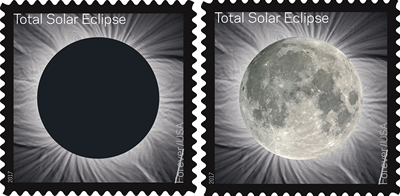Notre Dame installs three geothermal fields
Three geothermal fields designed to reduce carbon emissions
By Margaret Fosmoe, South Bend Tribune; Jul 11, 2017
SOUTH BEND — Youngsters run on soccer fields this summer at the University of Notre Dame, unaware that part of the university’s commitment to reducing greenhouse gases is hidden under that turf.
Notre Dame has installed three underground geothermal fields designed to lower campus carbon dioxide emissions, reduce use of natural gas and coal, and create long-term savings.
Geothermal systems use less energy to heat and cool buildings than more traditional energy sources, said Paul Kempf, the university’s senior director of utilities and maintenance.
The geothermal fields were built underneath a grassy quad just east of Hesburgh Library, below the parking lot just south of Notre Dame Stadium, and under the athletic fields and marching band practice field near Stepan Center.
So far, only the small field near the campus library is operating. The other two fields are expected to come online in 2018 and 2019.
Geothermal systems rely on the earth’s ability to store heat. The upper layers of the earth’s surface maintain a constant temperature of about 50 to 55 degrees, reducing the amount of energy needed to produce a desired indoor air temperature, Kempf explained.
Geothermal systems use a network of water-filled pipes to bring heat from the warm ground during the winter, and deposit excess surface heat in the cooler ground during the summer. The systems draw on that water to help cool buildings during the summer and heat them during the winter.
The Notre Dame systems circulate the water in a closed-loop piping system to a depth of about 300 feet below ground level before returning it to the surface and distributing it through energy centers to campus buildings.
While such geothermal systems are becoming more common, Notre Dame’s system is believed to be the first large-scale use of the technology in the Michiana area.
Elsewhere in Indiana, Ball State University ceased burning coal in 2014 after installing the largest ground-source geothermal energy system in the United States.
Notre Dame leaders announced in 2015 the university would cease burning coal entirely within five years and cut its carbon footprint by more than half by 2030. The move was in response to an encyclical from Pope Francis urging action to curb climate change.
Rev. John I. Jenkins, university president, said at the time that Notre Dame would invest $113 million in renewable energy sources and projects.
When fully operating, the three geothermal fields together are expected to reduce the university’s carbon dioxide emissions by 11,803 tons, an 8 percent reduction compared to fiscal year 2016.
Notre Dame has invested about $40 million in the three fields, Kempf said. The university expects to recoup that cost in energy savings within 15 years.
University leaders are considering the possibility of adding geothermal fields in the future in White Field (at the north edge of campus) and below part of Burke Golf Course at the southwest corner of campus.
mfosmoe@sbtinfo.com
574-235-6329
@mfosmoe







